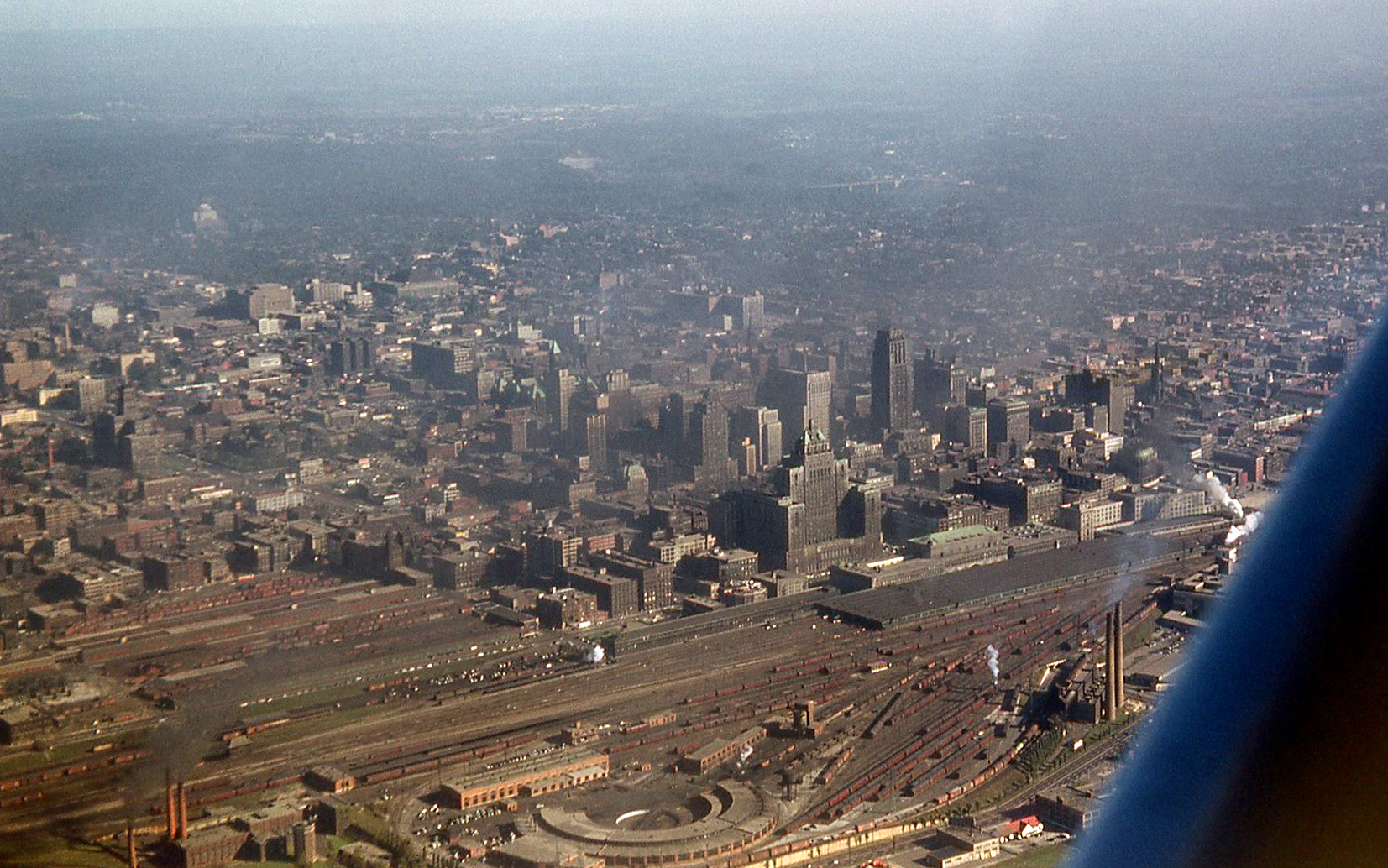
Download your track and marked waypoints after returning from a trip to keep a record of your travels and stats. Toggle between USGS topos and aerial photos. Create routes and transfer them to your GPS. View tracks of trails these can be hand-drawn or downloaded from various sources online, and transferred to your GPS. Create waypoints for trailheads, destinations, trail junctions, geographic features, benchmarks, etc., and then transfer them to your GPS (using the cable that came with your GPS). Depending upon which software you choose, you can do the following with it: A side benefit I’ve noticed is that planning on the big screen helps you gain quite a bit of geographical awareness before ever going out in the field. And in general, planning a trip is much easier on your computer than on a GPS. Why use desktop mapping software?įirst of all, the scale is much larger, giving you a better feel for the overall area you will be traveling through. 
Today’s topic is mapping software - and I’m not talking about maps for your GPS here, but rather desktop or laptop software that will turn you into a power user. Are you ready to move on to the next class? Alright then.

With today’s topic, I’m starting a new series, a follow up to my Handheld GPS 101 posts.






 0 kommentar(er)
0 kommentar(er)
